Fundamental human rights have never been a guarantee for women. From gaining the right to vote to the struggles for fair pay and reproductive rights, women’s equality has been a hard-fought battle throughout history. According to a 2023 UN report, it will take 286 years for women to achieve full legal equality.
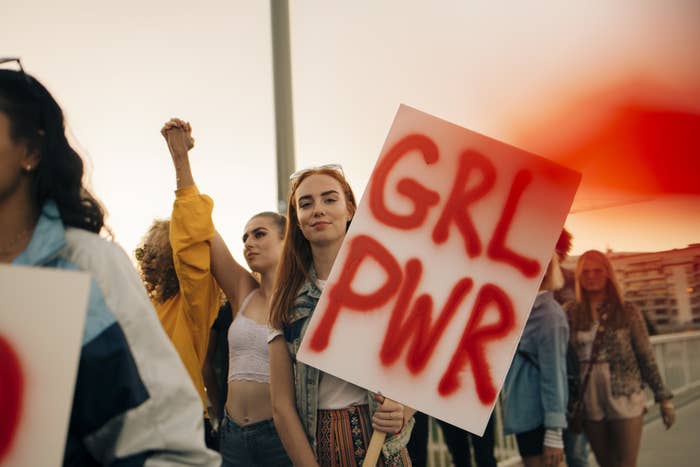
Throughout American history, many antiquated laws towards women have lasted far longer than one would imagine. From banned jobs to fashion taboos, it’s time to take a look at some of the most sexist laws and restrictions that have impeded women’s lives:
1.No high heels in Colonial Massachusetts…
Throughout history, many laws have revolved around women’s feet and footwear choices. However, one of the strangest laws had to be the stance on high heels in colonial Massachusetts.
According to Feet and Footwear: A Cultural Encyclopedia, in the 17th century, the Massachusetts Colony enacted a law banning women from wearing high heels. The Puritans believed the shoes to be seductive and possibly an instrument of witchcraft. Any woman found wearing heels to “ensnare” a man would be tried as a witch.
2.Pants were a frowned-upon fashion statement, as well…
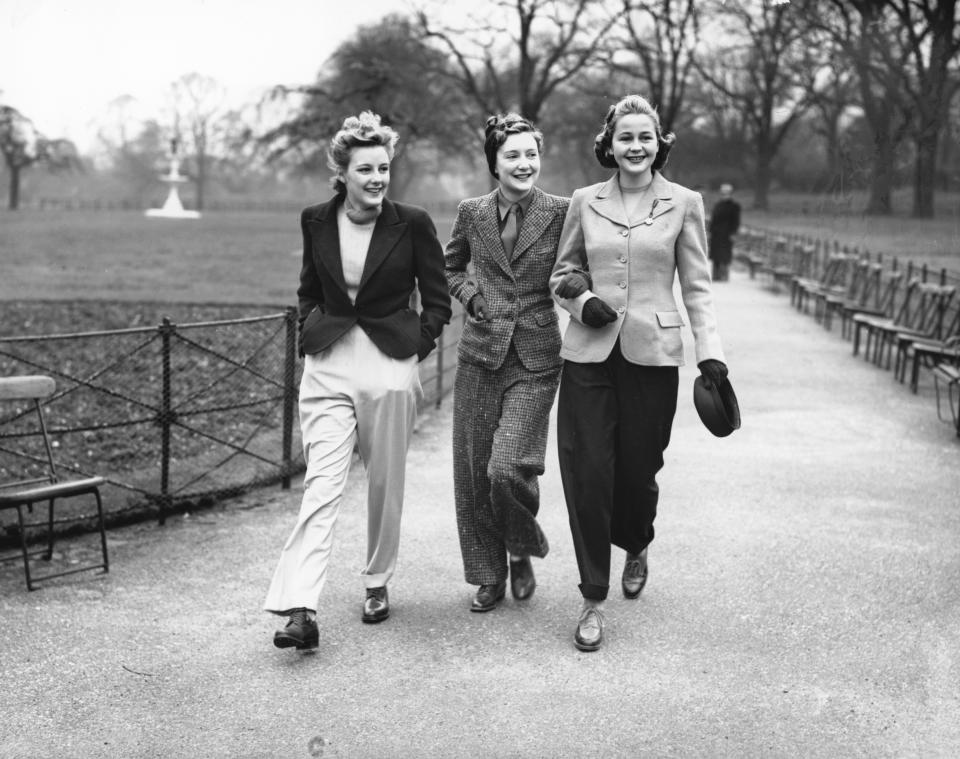

According to Clare Sears’ book Arresting Dress, many American cities passed legislation banning women from wearing pants, one of the most notable being San Francisco. In 1863, the San Francisco Board of Supervisors criminalized the act of appearing in public in “a dress not belonging to his or her sex.” Similar laws had already been passed in Chicago, Houston, Orlando, and approximately two dozen other U.S. cities.
On May 28, 1923, the US Attorney issued a statement proclaiming that it was, indeed, legal for women to wear pants in public. However, it took another forty years for pants to become a common staple in a woman’s wardrobe.
Daily Herald Archive / SSPL via Getty Images
3.Cleveland, Ohio, has strong opinions on women’s fashion choices…
For starters, it is illegal for women in Cleveland to show “too much cleavage.” According to the city’s code, women are prohibited from showing cleavage “with a less than fully opaque” covering.
Patent leather shoes are also banned for women in Cleveland. A city ordinance declared that women could not wear patent leather shoes in public so men would not be tempted to look up their skirts through the reflection of their shoes.
4.In many states, women weren’t allowed to work the night-shift…
In the 19th and 20th centuries, night-shift jobs were important for many women, who relied on the extra income they provided and the odd hours that enabled them to care for their families during the day.
However, in the early 20th century, many state legislatures, including the New York State Legislature, began limiting women’s working hours. They believed that “frail” and “weak” women should be home during the night to protect their moral and physical integrity. Thus, women in New York were prohibited from working from 9 p.m. to 6 a.m.
5.In 1948, the Supreme Court upheld a Michigan law prohibiting women from becoming licensed bartenders.
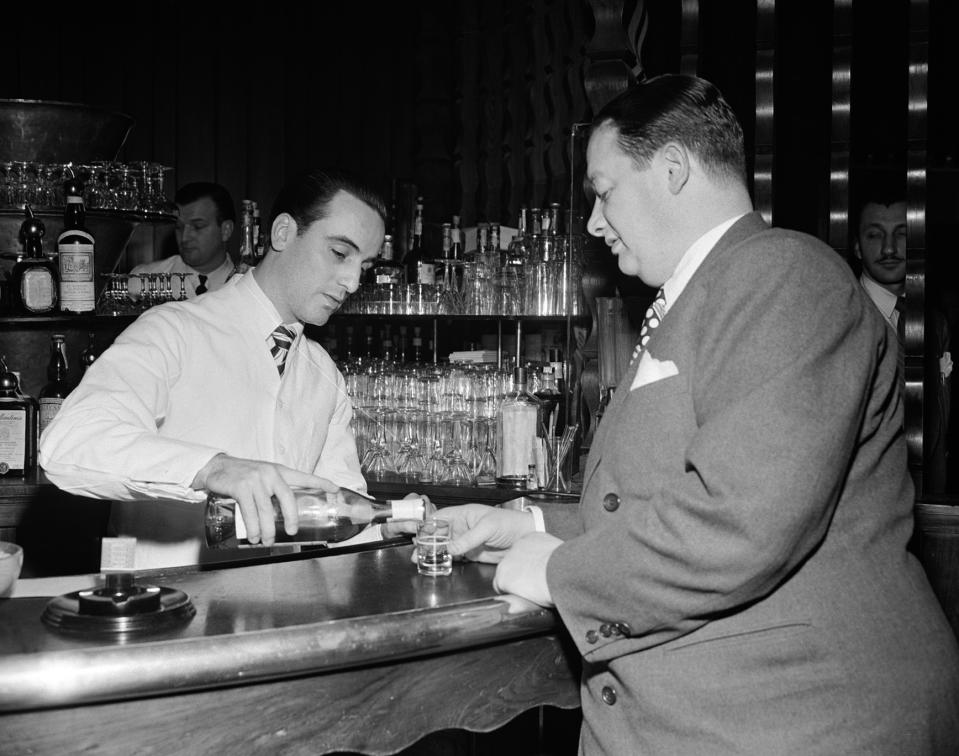

On November 20, 1947, Valeria Goesaert, the owner of a bar in Dearborn, Michigan, and her daughter challenged the Michigan law that women couldn’t be licensed bartenders in cities with a population of over 50,000 unless they were “the wife or daughter of the male owner,” in Detroit’s District Court.
Archive Farms / Getty Images
After losing in the District Court, Goesaert and her daughter took their case to the Supreme Court, where they argued that Michigan should not have been able to restrict women from working at bars while making an exception in favor of the wives and daughters of male bar owners.
However, the ban was upheld in a 6-3 vote. The opinion, authored by Judge Felix Frankfurter, stated that the Constitution “does not preclude the States from drawing a sharp line between the sexes” and that “The Court found that the Michigan legislature, in enacting the statute, could have determined that allowing women to bartend could ‘give rise to moral and social problems against which it may devise preventive measures.'” He then concluded that the Court was in no position to “cross-examine either actually or argumentatively the mind of Michigan legislators.” The ban stayed in place until 1976.
6.Women in Washington State weren’t even allowed to sit at a bar…
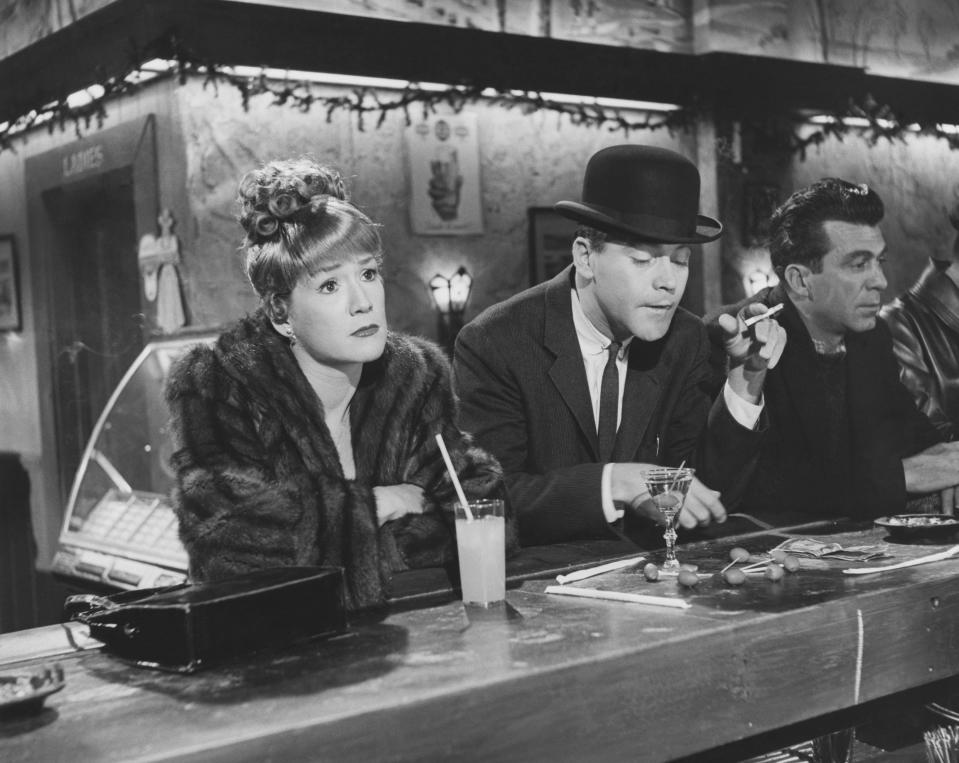

In 2020, Washington State research librarian Kathryn Devine found an odd law in a 1962 tourist pamphlet. Originally a guidebook for those wanting a “non-tourist” experience in Seattle, it listed laws and regulations surrounding the local bar scene. In the chapter “What to Know and Where to Go,” the author reminded visitors of these rules: “A cocktail lounge may sell liquor, wine or beer, but not to take out. It must operate in conjunction with a restaurant. The restaurant may choose its own hours of operation, but it cannot sell alcohol after the legal closing hours. Women may not sit at the bar.”
John Springer Collection / Corbis via Getty Images
The rule originated from a 1948 initiative that banned women from sitting at bars in cocktail lounges, but not taverns. Page 8 of the 1948 Washington Voter Pamphlet reads, “It shall be unlawful for any Class H licensee to sell liquor to women, except when seated at tables.”
However, the state legislature overturned the ban in 1969 after a woman sued the Washington State Liquor Control Board because she was asked to move when seated at a Tacoma bar.
7.Dining in restaurants wasn’t allowed in many locations.
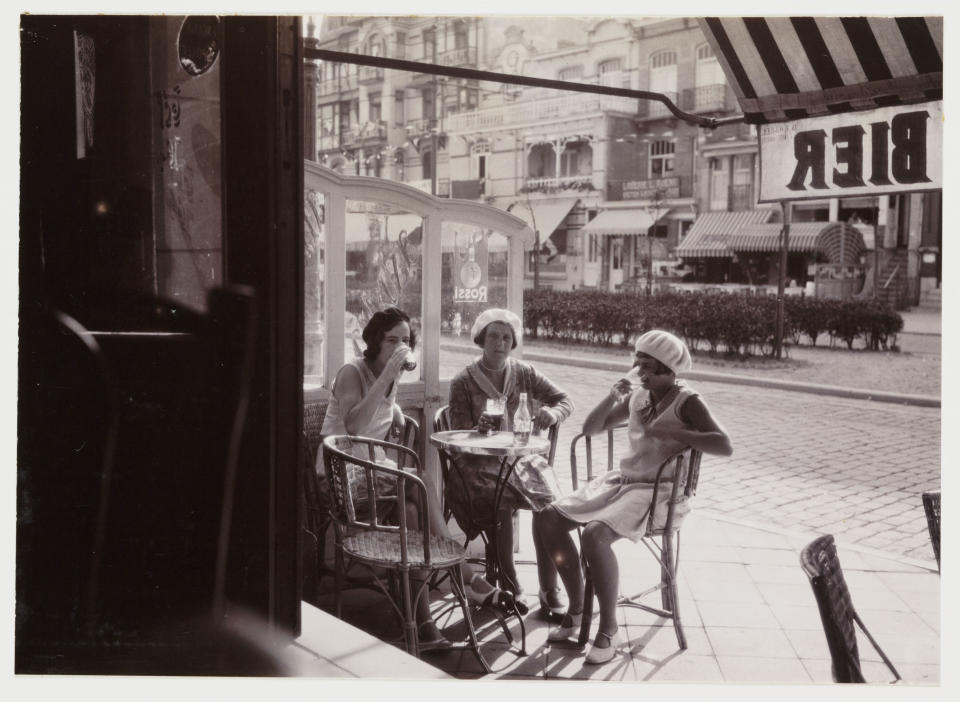

In the past, it wasn’t unusual for women to be excluded from restaurants or, at least, restricted once inside. Many restaurants either banned women entirely or excluded them from dining in certain rooms or during certain hours of the day. For many of these dining establishments, the argument was that working men only had a limited amount of time in which to eat their meals and that women would delay the process by eating slowly and gossiping.
However, this began to change in the 1960s, when women started questioning these sexist policies and advocating for change. In 1969, the National Organization for Women (NOW) proclaimed “Public Accommodations Week” and took action at several “men’s only” dining establishments, one example being the Berghoff in Chicago. The restaurant had previously had a men’s only bar; the practice ended when NOW members went to the bar and demanded service.
Science & Society Picture Librar / SSPL via Getty Images
8.Unchaperoned shopping was a big no-no…
In the 19th century, it was considered improper for women, especially those of the middle and upper classes, to be alone in public. Oftentimes, stores and other public places were closed, and in some cases, it was even illegal for them to enter on their own. Historian Emily Remus wrote, “America’s downtowns were primarily spaces that women were expected to move through, not linger in or enjoy. Without a male escort, women were refused service in most restaurants, cafés, and hotels, while saloons and private clubs simply closed their doors to female customers. Moreover, proper etiquette discouraged women from lingering on sidewalks, stopping to look into store windows, handling merchandise, and even carrying packages. Indeed, women were discouraged from pursuing the public practices that sustained a culture of consumption.”
However, once department stores were popularized in the late 19th century, they quickly became women-friendly shopping spaces. They allowed women to become consumers and offered jobs that gave single women financial independence.
9.Keeping one’s birth name was pretty much out of the question…
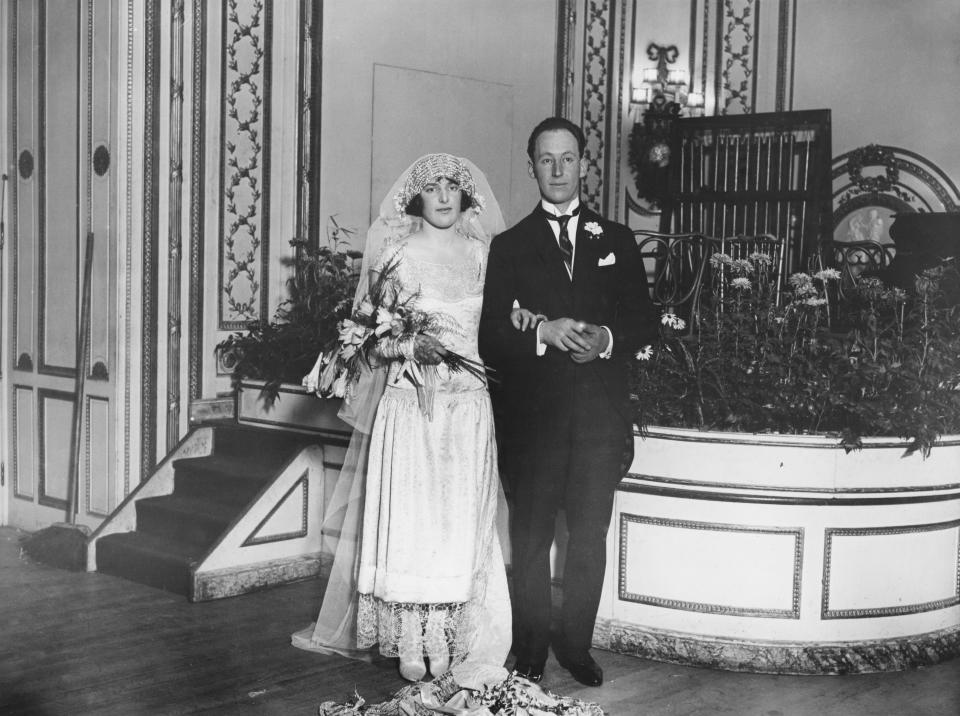

Due to the doctrine of coverture in the United States, when a woman married, she lost her legal identity, including her last name. If she tried to keep her birth name, it always led to legal issues, ranging from an employer’s refusal to comply with her wishes and, in some cases, even losing the right to vote.
However, women began to question this practice in 1855 when Lucy Stone, a suffragette from Massachusetts, inspired the movement for women to keep their birth names. When Stone married her husband, Henry Blackwell, she sought to keep her birth name. Fellow suffragette Elizabeth Cady Stanton said of Stone’s decision, “[she was] the first woman in the nation to protest against the marriage laws at the altar, and to manifest sufficient self respect to keep her own name, to represent her individual existence through life.”
However, keeping one’s birth name still hasn’t fully caught on. A 2023 study from the Pew Research Center found that only fourteen percent of women kept their birth name after marriage.
Topical Press Agency / Getty Images
Which one of these laws did you find most bizarre? Can you think of any other weird, old laws or restrictions that were placed on women? Let us know in the comments!

